What will the future factory look like? With AI as the key driver, factories will become more agile and more customized. In this regard, there are some countries (such as the United States, China) and companies that have begun to take the lead. However, most countries and companies still have insufficient awareness or insufficient capacity. How will AI change the factory in the future? What are the use cases in the future factory? Where is the gap between ideals and reality? What kind of strategy should the factory implement AI adopt? The Boston Consulting Group analyzed this.
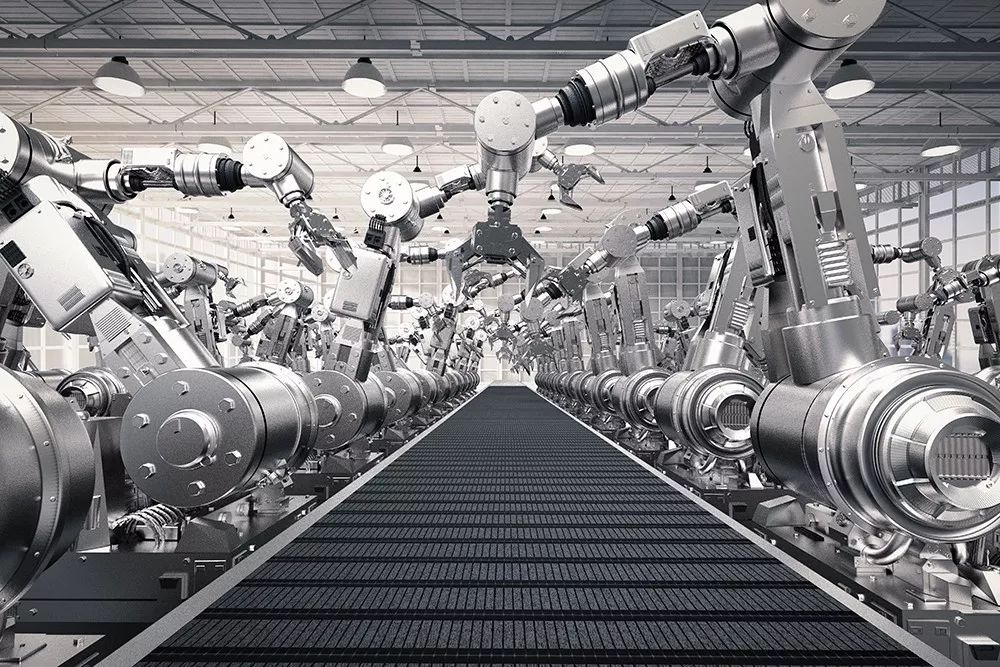
Artificial intelligence (AI) is a hot topic in the field of business technology, and it has also attracted the attention of industrial companies. By applying the right mix of AI technologies, manufacturers can increase productivity, improve flexibility, speed up processes, and even promote self-optimizing operations. An analysis by BCG found that the use of AI can reduce the processing cost of the manufacturer by up to 20%, and that up to 70% of this reduction comes from higher labor productivity. Manufacturers can also use AI to develop and produce innovative products tailored to specific customers, and greatly reduce order-to-delivery time, resulting in more sales. AI is therefore an integral part of the factory of the future, and technology will increase the flexibility of plant structures and processes.
Companies around the world and different industries are exploring the possibility of using AI in their operations. This is not surprising. However, some supervisors still have doubts about the benefits of AI. To better understand the opportunities and challenges, Boston Consulting Group (BCG) recently reviewed the public's expectations of AI and the adoption of AI in industrial operations.
BCG's research focuses on the results of a global survey that includes more than 1,000 executives and managers in many manufacturing industries. In general, we found that manufacturers expect AI to be a key lever to improve productivity. But the implementation did not keep up with the expected rhythm, largely because many companies lacked the four enablers for AI: strategy (including a comprehensive roadmap), governance model implemented, relevant employee capabilities, and IT infrastructure Facilities support.
Research Background
The survey found that transportation, logistics, automotive, and technology companies are at the forefront of AI adoption, while processing industries (such as chemical industry) are lagging behind. Relative to Japan, France, and Germany, the United States, China, and India have an impressive lead in AI adoption. The difference in the adoption speed of different countries A reflects the expected deviation from the benefits of AI.
Although new countries like China are very fanatical about these benefits, many industrialized countries, such as Germany, have a more conservative view. Because German companies also lag behind in formulating detailed plans for AI adoption, their lagging summer loads may continue. The most active domestic AI technology in Germany is the automotive industry, and the processing industry still has a long way to go.
The results of the survey indicate that industrial manufacturers must significantly increase their implementation efforts if they are interested in achieving the ambitions of AI. Technology alone is not enough. To fully realize the potential of AI, companies must consider all necessary enablers at the organizational level.
AI will transform the business
AI allows computers and machines to perform tasks in a smart way. AI helps manufacturers determine the best sequence of actions to achieve the goal, but also allows them to manage operations remotely and in real time.
The basis for operating AI
Many uses of AI in operations use machine learning—a family of algorithms for data mining and data science. Instead of following static, preset rules or instructions, these algorithms learn by analyzing data, and then use the insights to generate predictions or train prediction models.
AI technology has several applications in operation:
Machine vision. Sensing the production environment with visible light, x-rays, or laser signals - for example, using cameras to classify parts and products.
Speech Recognition. Handle auditory signals such as speech—for example, use virtual assistants like Alexa or Siri to handle operator comments on quality issues.
Natural language processing. Analyze texts and explain the most likely meanings—for example, generate summaries from different performance reports.
Information processing. Extract knowledge from unstructured text and obtain query answers—for example, by searching for product-related text reports.
Learn from data. Values ​​are predicted or classified based on production-related empirical data—for example, historical data generated by machines and processes are used to predict events.
Planning and exploration. Choose a series of actions to maximize a specific goal—say, let the Automated Guided Vehicle (AVG) identify the best next step.
Speech generation. Communicate with people through text or voice—say, read instructions aloud.
Processing and control. Manipulate objects—for example, robots that do not require special training pick up unsorted parts from storage bins.
Navigation and sports. Motivate in a physical environment—say, let AGV move autonomously in the factory and optimize routes.
Many industry leaders expect AI to transform processes and value chains from end to end (including engineering, procurement, supply chain management, industrial operations (production and related functions), marketing, sales, and customer service). In a recent study, executives of industrial companies believed that operations may be the most affected by AI.
The role of AI is to enhance rather than replace the existing means for manufacturers to continuously improve productivity. AI is one of the major technology building blocks of Industry 4.0. In addition, manufacturers can use AI to enhance traditional performance tools such as automation and lean management. For example, AI can support lean management to reduce waste by identifying the root cause of quality problems and helping to eliminate defects. Indeed, 40% of our participants surveyed anticipate that by 2030, AI will be a very important driver of productivity improvement, and 29% believe that it plays a very important role in today’s productivity (see Figure 1). ).
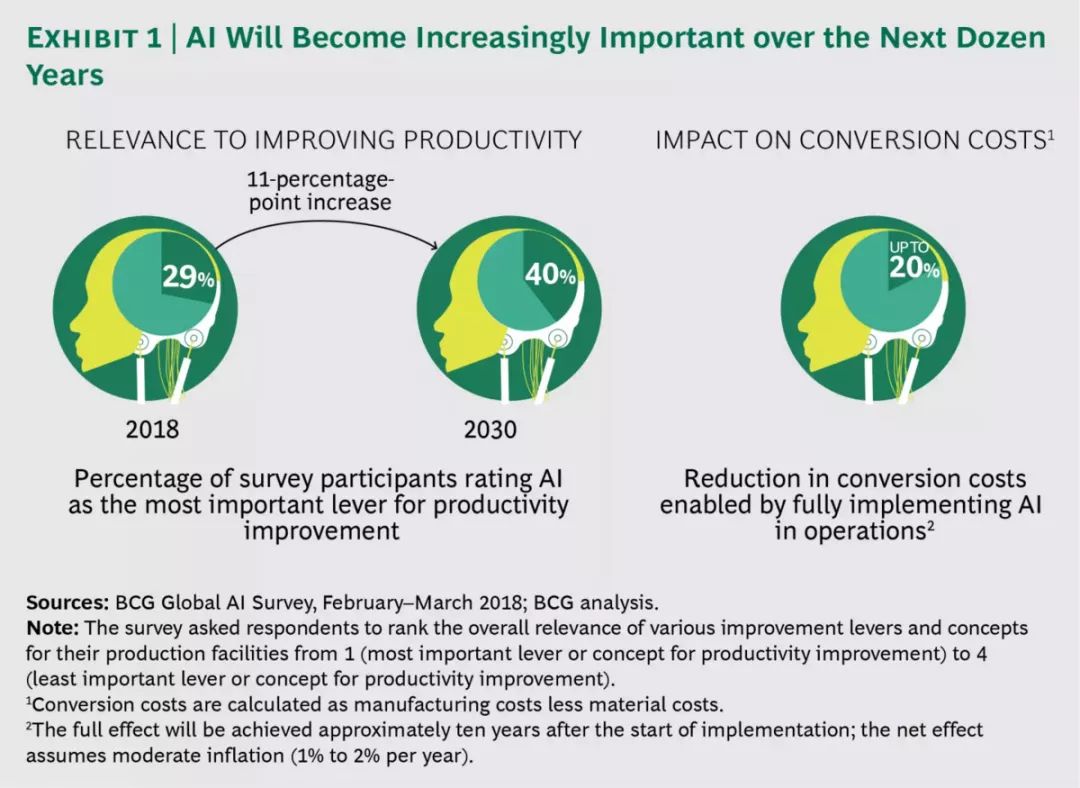
Figure 1: The role of AI is increasingly important
Adoption of AI will significantly change the composition of the labor force and reduce processing costs by reducing manual activities in the production process. For example, today's QC-related tasks require intensive human involvement, but they will become highly automated after widespread AI support. But even if existing jobs are to be eliminated, new job opportunities that require complementary skills with AI will emerge. Overall, the survey participants showed slight bias and believed that the net effect of AI would be the reduction of the total labor force.
However, the expectations of AI among different countries are also very different. For example, respondents from Chinese companies believe that adoption of AI will significantly reduce their total labor force (which reflects the technical substitution of low-skilled workers), while companies from Germany expect that their higher-skilled workforce will not reduce too much. .
AI use cases
AI embodies the paradigm shift of the factory. Today's factory automation processes and tools use a rule-based approach, and today's robot programming deals with fixed scenarios. Instead, future factories use AI to support automated processes and machinery manufacturing to respond to unfamiliar or unexpected situations and make informed decisions. Therefore, the technical system will become more flexible and adaptable. For example, in a rule-based approach, a robot cannot identify and select the required parts from a batch of unfinished parts because it lacks the necessary detailed programming to handle the myriad possible directions of parts. In contrast, robots with AI support can pick out the parts they want from a mess of parts, regardless of their orientation.
Various AI use cases include improving productivity in different operating areas inside and outside the plant. Of the survey respondents, 37% believe that AI exerts the most significant leverage on productivity improvements in production operations at the plant. And 12% of people chose logistics as the most important place for AI. Consistent with these findings, the company considered self-optimizing machines, quality defect detection, and performance loss prediction as the most important AI use cases. Although different companies have different views on the value of different use cases, manufacturers only use AI and integrate data pools of different internal functions and suppliers and customers to return to play its role.
Outside the factory. Outside the plant, engineering and supply chain management are the most important operational areas for AI applications:
Engineering: Manufacturers can use AI to facilitate research and development efforts to optimize designs, improve responsiveness to customer needs and expectations, and streamline production. AI supports generative product design and uses algorithms to explore a variety of possible design solutions based on established goals and constraints. Through iterative testing and learning, the AI ​​algorithm optimizes the design and recommends non-traditional solutions that appear to humans. Some aerospace companies are using generative designs to develop aircraft parts with new designs, such as providing bionic structures that are the same as traditional designs but are much lighter.
Supply Chain Management: Demand forecasting is a key topic in the application of AI in supply chain management. By better forecasting demand changes, companies can effectively adjust production plans to improve plant utilization. AI supports customer demand forecasting by analyzing and learning data on product releases, media information, and weather conditions. Some companies also use machine learning algorithms to identify demand patterns by combining warehouse, enterprise resource planning (ERP) systems, and customer insights.
Inside the factory. Inside the factory, AI will bring various benefits to production and support functions such as maintenance, quality and logistics:
Production: Our research covers all production environments, including continuous processing (such as production chemistry and building materials) and discrete production (such as assembly tasks). In all environments, manufacturers use AI to reduce costs and increase productivity. They will also use it to improve flexibility in response to the complexities of production - such as the production of customized products. AI can also make machines and components a self-optimizing system. By continuously analyzing and learning current and historical data, it can adjust its parameters in real time. Some steel mills are already using AI to automatically optimize furnace settings. The AI ​​analyzes the material composition of the cast ditch and identifies the lowest temperature for stable process conditions, thereby reducing the overall energy consumption. In another important production use case, robots with enhanced smart image recognition capabilities can pick up unsorted parts from undefined locations (such as in boxes or on conveyor belts). This has already had practical application in the automobile industry.
Maintenance: Manufacturers use AI to reduce equipment failures and improve asset utilization. AI supports predictive maintenance—for example, by replacing worn parts according to actual conditions. AI will continue to analyze and learn the data generated by machines and components (such as sensor data and product structure). This technology is particularly beneficial to the processing industry because failures can result in lost sales. For example, some refineries have implemented machine learning models that estimate the remaining time before the equipment fails. This model will consider more than 1000 variables related to material inputs, material outputs, process parameters, and climatic conditions.
Quality: Manufacturers can use AI to help detect quality problems as early as possible. The vision system uses image recognition technology to identify defects and product function deviations. Because these systems can continue to learn, their performance improves over time. Automotive suppliers have begun using vision systems with machine learning algorithms to identify components that have quality problems, including detecting defects that do not appear in the data set used to train the algorithm. AI can also continuously analyze and learn data generated by machines and production environments. For example, AI can compare material properties and behavior with drilling machine setup information to predict the risk of drilling beyond tolerance.
Logistics: Our research focuses on in-production logistics and warehousing, not on the external supply chain. AI facilitates the automatic transfer and efficiency of material supply in the field, which is essential for managing the growing complexity of manufacturing multiple product derived and custom products. Unmanned vehicles that transport items in factories and warehouses use AI sensors to adjust vehicle routes to achieve the best possible route. Manufacturers of medical kits and construction departments have begun to use unmanned vehicles in their own repair centers. Without the need for magnetic strips or conveyor guidance, these vehicles can stop when they encounter obstacles and then automatically determine the best route. Machine learning algorithms use logistics data—such as data on incoming and outgoing materials, inventories, parts turnover, and so on—to facilitate warehouse optimization. For example, there is an algorithm that will recommend moving parts that are low in demand to more distant locations, and placing high-demand parts in nearby areas that can be acquired more quickly.
Some AI use cases can also be applied to multiple operating areas. For example, virtual assistants (like Apple's Siri and Amazon's Alexa) who can generate languages ​​and process them can provide operators with relevant background information from IT systems. Some companies are already using voice sorting systems to handle picking, packing, receiving, and replenishment transactions. In these applications, the voice system connects to the ERP system's bill of materials to guide the operator to the correct box.
The AI ​​system proposes solutions for incidents (such as machine breakdowns, quality deviations, performance losses) based on incident reports (such as pictures and written reports), and it will continue to analyze and learn these reports. Aircraft manufacturers have implemented self-learning algorithms that use event reporting to identify production problem models, then match current events with similar events in the past, and propose solutions.
In the research participant China, the proportion of people who expect the above use cases to become very important by 2030 is between 81% and 88%, but the proportion of people who believe that this ability has already been fully realized in many fields of production is quite low. (6% to 8%). Figure 2 provides an overview of the use case rankings that respondents believe will play an important role in future factories.
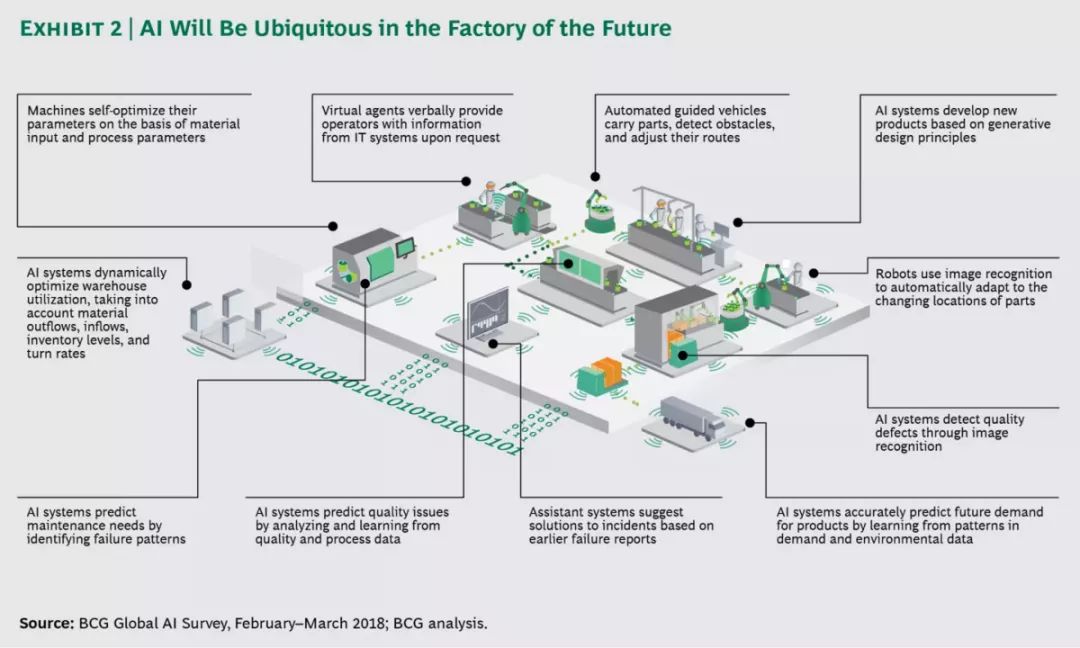
Figure 2: AI will become ubiquitous in future factories
The gap between ambition and reality
Many companies plan to accelerate the implementation of AI, but our study found that, on average, companies in China, India, and Singapore have the greatest ambitions to implement AI in production in the near future. Among the discrete industries surveyed, healthcare and energy are the most ambitious in the recent period; the processing industry and engineering products are often less urgent.
Most companies involved in our research have said they have noticed that the importance of AI is increasing. However, their investments, words and implementation are not commensurate with their ambitions. Although 87% of respondents plan to implement AI in production in the next three years, only 28% have established a roadmap for full implementation. The remaining 72% lacked detailed plans: 32% were testing the selected use cases, 27% had only some initial thoughts, and 13% did not prioritize or consider AI.
The limited degree of implementation reflects the lack of comprehensive planning, which reveals the gap between the ideal fullness and the reality. In the past, only about 50% of companies achieved their goals in implementing AI use cases. It is not surprising, therefore, that only about 16% of companies have fully implemented more than one AI use case in multiple sites—this type of performance can be called early adopters according to our definition. For the 12 countries included in our study, the countries with the highest proportion of early adopters include the United States (25%), China (23%), and India (19%), and the lowest is Japan (11%) and Singapore (10%). ) and France (10%) (see Figure 3). Of the German companies interviewed, only 15% were early adopters.

Figure 3: China and the United States have the most early adoption of AI and are most active in promoting AI
The high level of adoption of U.S. companies may reflect the widespread adoption of AI technology there. Even so, China still overwhelmed the US in terms of AI investment. Last year, China’s investment accounted for nearly half of the AI ​​start-up companies’ global investment. In 2017, the State Council of the People's Republic of China also promulgated the "Next Generation Artificial Intelligence Development Plan" and intends to use the three-step strategy to achieve AI's global leading level by 2030. The Tianjin municipal government has set up a 30 billion yuan fund to support the AI ​​industry. Other emerging countries, such as India, have similar attitudes. They regard AI adoption as an essential element in maintaining their manufacturing global competitiveness and have invested large amounts in AI. In contrast, some industrialized countries, such as Japan, still focus on the traditional means of improving their competitiveness in the past (such as lean manufacturing).
Of the 8 industries we focus on, the early adopters of transportation and logistics (21%) and the automotive industry (20%) have the highest share. Engineering products (15%) and processing industries (13%) lag behind. (See Figure 4) These differences reflect the different singularities of the industry and the close relationship with digitization. It is not surprising that cars and technology companies are among the first. Other industries have not even learned many digital strategies that have become an integral part of those industry value chains.
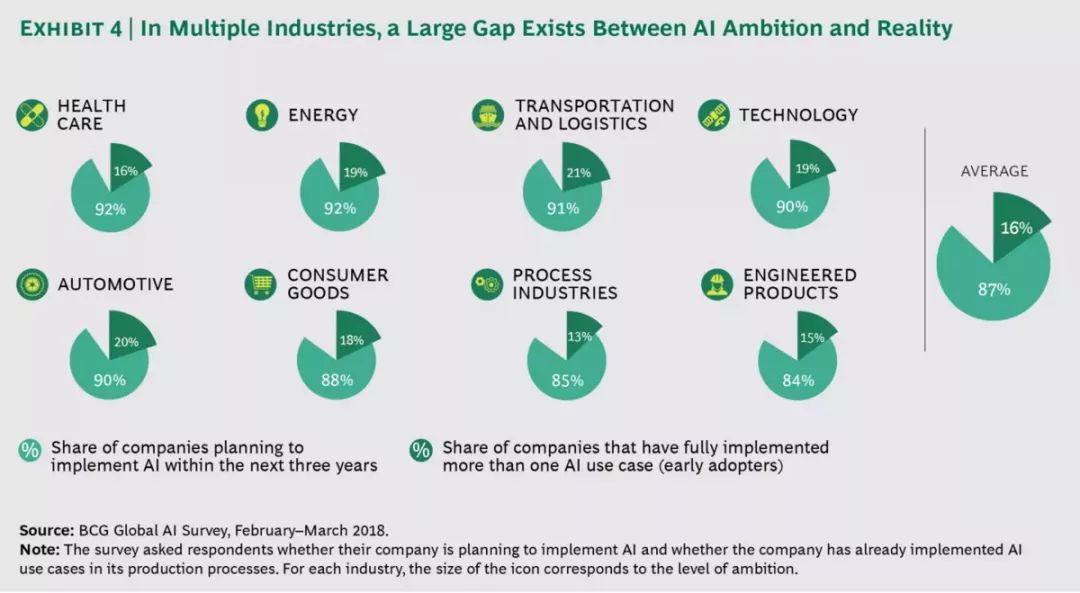
Figure 4: The gap between AI ambition and reality in different industries
The number of employees in the company will also have an impact on the AI ​​implementation. Smaller companies are less likely to be early adopters than larger ones—perhaps because small companies tend to have more budgetary constraints and have less AI to use. Although the recent technological developments and the reduction in the cost of data storage and data processing will reduce the threshold for AI investment, the overall capacity gap may still persist.
Narrowing the gap
There are four enablers that are critical to the successful implementation of AI in operations: strategy and roadmap, governance model, employee capabilities, and IT infrastructure. Early adopters have made much more progress than lagging companies in making AI enablers work. (See Figure 5)
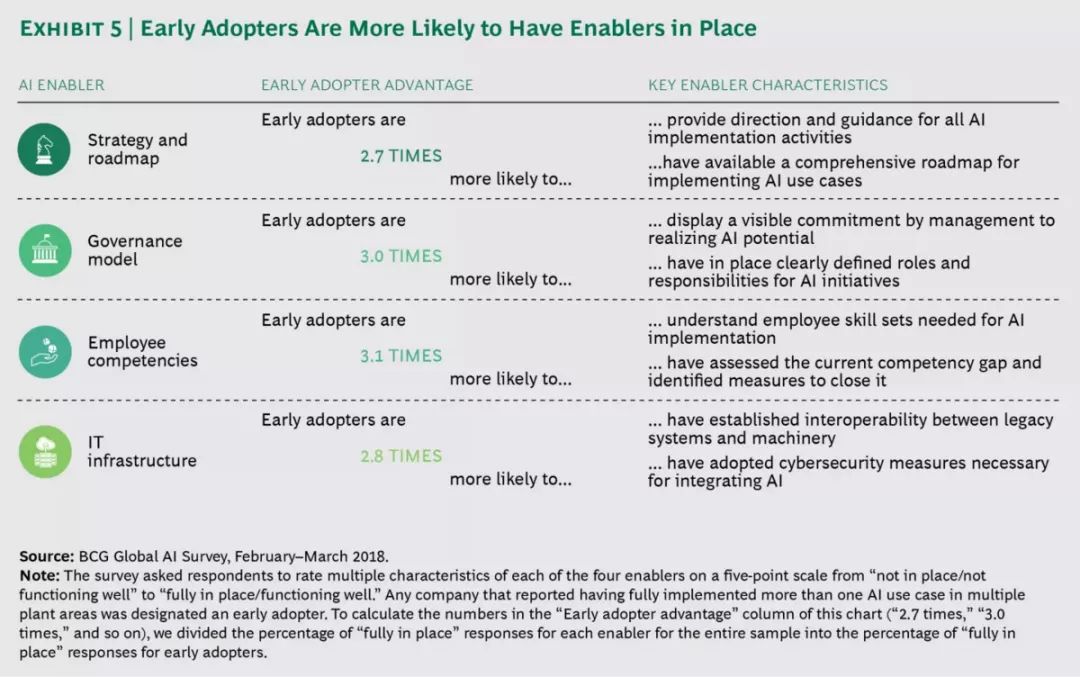
Figure 5: Four ambassadors for AI implementation
Strategy and road map. In order to provide direction and guidance for all of their AI implementation activities, the company needs a clear strategy. The AI ​​strategy should focus on the most valuable use cases -- use cases that address company-specific business needs and challenges -- and align with the company's overall digital strategy. Companies also need a clear roadmap to establish business cases and measurable goals for investment. Survey participants will list the clearest AI strategy for their operations as the most important enabler.
Governance model. Management's given visible commitment is critical to achieving potential improvements. Senior management should use structured communication to ensure that the organization has a clear understanding of AI. Companies should establish clear roles and responsibilities for AI implementation and establish a clear organizational structure. Effective collaboration and communication among relevant functional departments is essential to overcome the cultural conflict of AI applications.
Staff ability. In order to adopt AI - and more extensive digitization - companies must give employees strong skills in programming, data management, and analysis. The company should have a clear idea of ​​the skill sets needed, and should assess the gap between those needs and the skills that employees currently have.
For topics such as understanding the basics of operating AI, employees can acquire the required skills through training programs that can come from inside or outside the company. For more formal IT-related learning courses, such as advanced analytics, companies must recruit new types of employees, including data scientists.
Of the participants in the study, 93% reported that they did not have enough internal capabilities to implement AI in their operations. More than one out of four (29%) said their company has increased the number of employees specializing in AI, and nearly half (47%) expect this figure to increase in the coming years.
IT infrastructure. The interoperability of legacy IT systems and mechanical equipment is critical to the success of AI implementation, which needs to be promoted by APIs and network standards. Cybersecurity is another important concern for AI and Industry 4.0 practitioners.
In the implementation of AI, companies should consider agile work patterns so that they can adjust their strategies and roadmaps as their needs change. In the application of AI technology, companies should adopt a rapid failure, the practice of the smallest feasible product, which can test new ideas on a small scale and then quickly adjust it through iterations before finally fully rolling out. Early adopters are more likely than late adopters to adopt this agile work pattern.
Getting Started
The findings of this study point to the need for action. This not only requires industry companies to take action, but industrial machinery and automated manufacturers must also take action.
Impact on Mechanical and Automation Plates
As a supplier to all other types of industrial companies, mechanical and automation manufacturers will play an important role in realizing the potential of AI technology to meet the demand of the factory for AI support applications. AI will allow machinery and automation manufacturers to form new revenue-generating business models, such as "mechanical as a service." To tap this market, such manufacturers should enhance their own equipment and collect data to test AI technology.
In all industries, survey respondents considered self-optimizing machines as important AI use cases for machines. Machinery and automation manufacturers can provide industrial companies with machines that use machine learning technology to analyze parameters in real time and optimize processes.
Survey respondents also noted the increasing importance of machine vision systems. Machine manufacturers can integrate machine vision directly into their own mechanical systems. Although the underlying AI technology comes from a well-known supplier, machine manufacturers should consider developing their own AI solutions to avoid relying on specific suppliers.
As a first step in the development of AI-supported analytical and self-optimizing machines, machine and automation manufacturers should be fully transparent about their own machine performance. This will allow users to make progress on the AI ​​tour, such as perceiving machine parameters and continuous learning of data. Perceptions and actions require monitoring of temperature, torque, vibration, and other process parameters to gain insight into machine conditions and the quality of manufactured parts. Finally, transparency also lays the foundation for a self-tuning system. In addition, machinery and automation manufacturers must also allow customers to be assured that the data they access from their machines is secure and confidential.
In order to not fall in the AI ​​competition, industrial companies should adopt a structured three-step strategy:
Assess the status quo. Companies should start with Apple's own pain points and AI maturity levels, and then should benchmark their current status against peers or industry averages. Because a robust IT infrastructure is essential to AI facts, companies must assess the status of their operational IT. A prerequisite for workshop evaluation is to establish a library of assessment topics and benchmarks on a certain device.
Establish the enabler. Companies should develop a comprehensive list of AI use cases to deal with the pain points found in health checks. All stakeholders should focus on holding seminars to discuss the use cases in detail and determine which one to implement first. When evaluating the financial and non-financial benefits of the priority use case, the company should measure the business case for the investment. Inputs to AI experts experienced in quantifying the benefits and the investment required are of great value at this stage. After identifying this priority use case, the company can develop a target map for the application of AI in operations and develop a roadmap for implementation.
The governance model of the company should clearly describe the roles and responsibilities of AI implementation and should establish a coordinated organizational structure. The company also needs to compare the quality of the current workforce with those AI use cases that need to be implemented to determine how to bridge the gap. In addition, the company also needs to define IT requirements for use cases and develop a second set of governance models for effective and efficient data management. Data scientists and IT experts with AI knowledge should participate in the definition of requirements.
Test and solution development. Companies should test AI use cases in specific places in the factory. In order to speed up the process, the company should initiate the first batch of pilot projects while defining the vision and establishing the enabler. The goal of each pilot should be to quickly develop the smallest feasible solution, and then improve the design of the pilot in multiple iterations through the agile development method. Employees can experience how AI use cases feel by interacting with pilot programs. To promote these pilots, companies must use technological tools that can produce rapid impact, such as asset monitoring sensors and smart glasses. The company should also expand its pilot success solutions. Finally, in order to realize the full potential of AI implementation, companies should implement integrated solutions in full scope.
Our research shows that AI is about to become the most important means to increase operational productivity. But many companies still do not realize that the benefits of acquiring AI require more than just investing in technology. An essential starting point for describing a clear strategy - but even so is not enough. Companies must also have appropriate governance and support infrastructure in place, and must also reconfigure and train the workforce. Firms that have not yet taken a holistic view of AI implementation should quickly increase their competitiveness to catch up with those early adopters.
Fork Type Connecting Terminals
Fork Type Connecting Terminals,Terminals,Connecting Terminals
Taixing Longyi Terminals Co.,Ltd. , https://www.longyiterminals.com